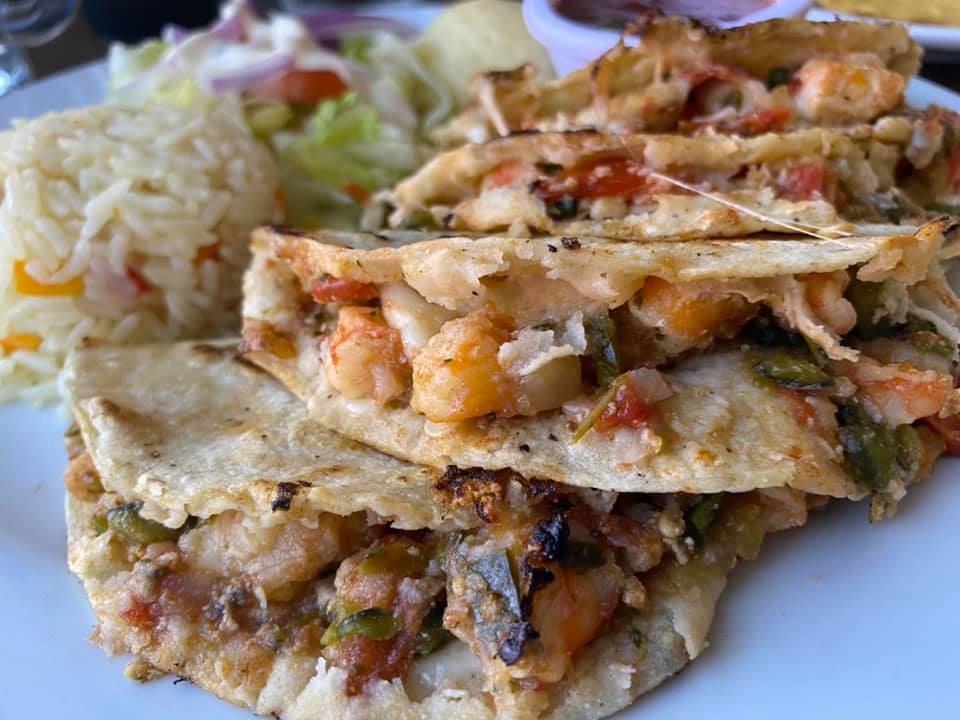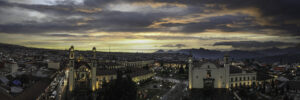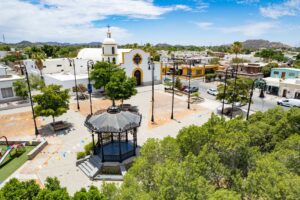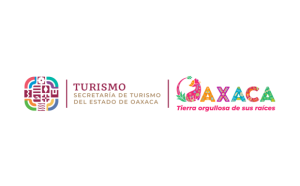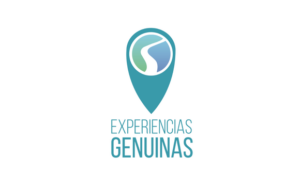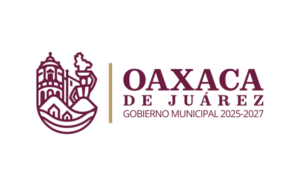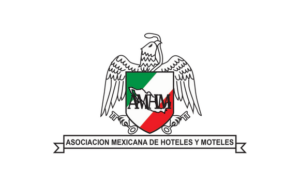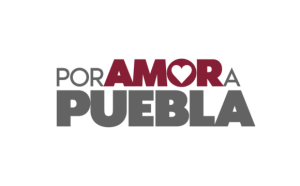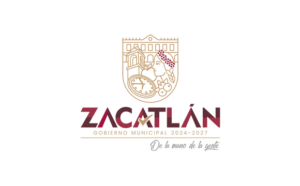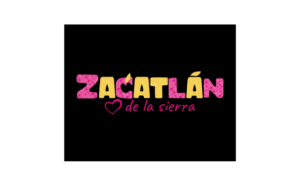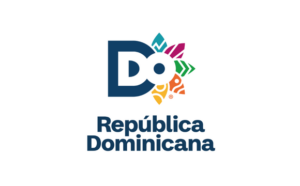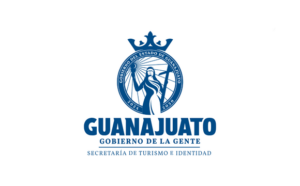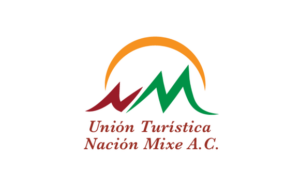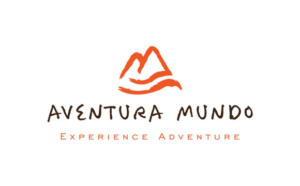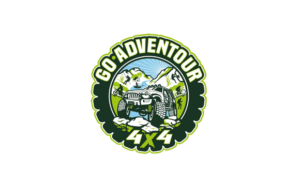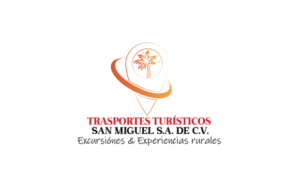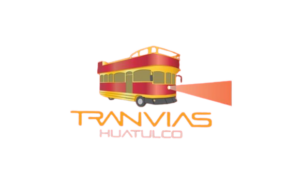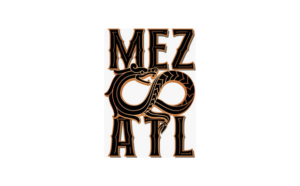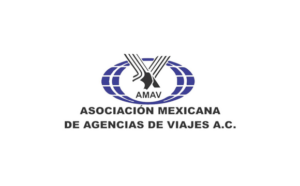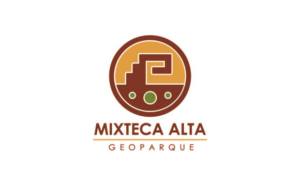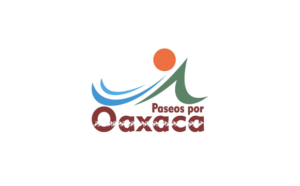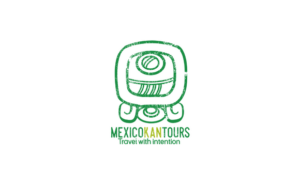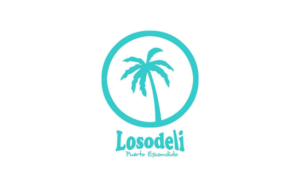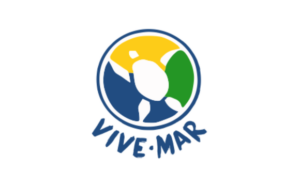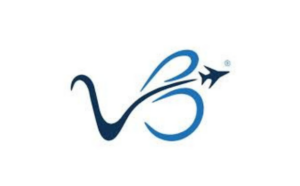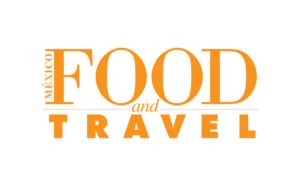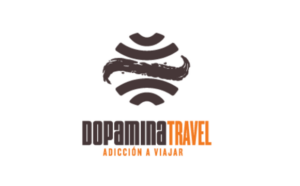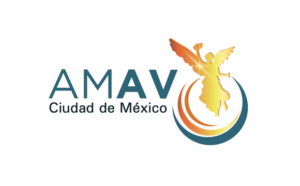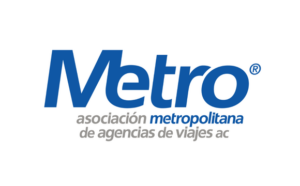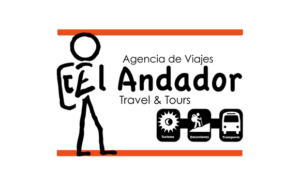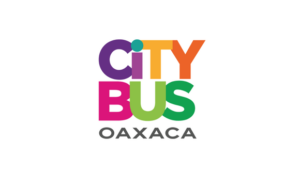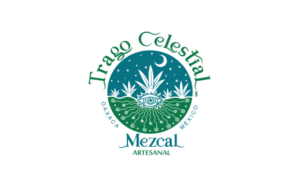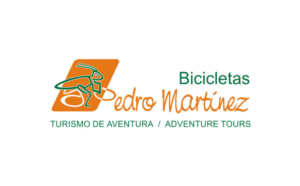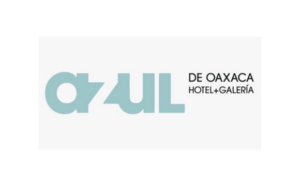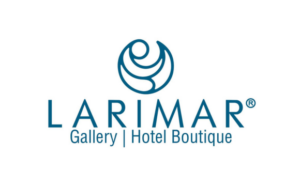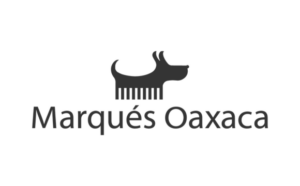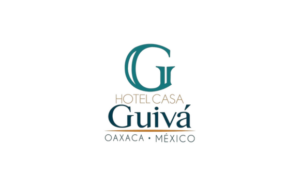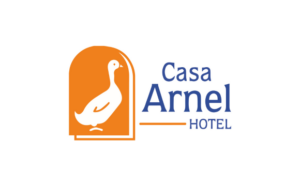Route 1 is a highway that runs through the Baja peninsula from Los Cabos to Tijuana, and that continues with its English last name all the way to northern California, up to San Francisco. In its Baja Sur stretch, Route 1 is one of the most beautiful scenic rides in the world due to the diverse and breathtaking natural sceneries, landscapes and views one gets to enjoy and the cultural, adventure and leisure experiences available through the places one passes by. Surrounded by the desert and for many miles also by the Sea of Cortes, challenged by the Sierras of la Laguna, San Francisco and La Giganta, welcomed by the Biosphere Reserve of El Vizcaino, Route 1 is without a doubt the maximum expression of freedom that any traveler can experience!
Our plan was to fly on November 8th, 2020 to the port city of Mazatlán. That same day, we’d hop on the motorcycle, board the ferry which would cruise throughout the night from Mazatlan to La Paz, in Baja California Sur. From there we would ride all the way north up to San Ignacio stopping in Loreto on our way up and making a detour on our way down to Todos Santos in four days.

How do you get ready for a motorcycle trip on Route 1? Here are a few tips so you don’t have to wait 7 years and hit the road as soon as possible!
- Before anything else you have to be a proficient motorcycle pilot, with many hours of riding experience behind you, and preferably a specialized course or two. And if you are not the copilot, make sure that you ride with someone who is really a solid pilot, who knows the road rules and who is responsible and cautious with the speed. After all, the main purpose of the trip is to enjoy (and not suffer) the road.
- Always before starting the trip you need to study the route. Make a navigation plan that allows you to clearly know how many miles you will be driving each day, where the gas stations and resting areas are, and what hotels will you stay at for the night. Also, you must get and have at hand the local numbers for road assistance and emergencies. We also recommend for Route 1 and for any other route to plan not to spend more than 4 hours on the motorcycle since it is of the utmost importance that the pilot is well rested, sharp and watchful, and mainly that he or she also enjoys the ride. We’ve found out that 4 hours max is our sweet spot. For some reason, it seems that after 4 hours and 1 minute your “behind” begins to complain.
- Along with the technical information, you will also need to gather complimentary data on the route. Will you be riding more through rural areas or urban areas? Or what economic and cultural activities develop in those places. For example, even though it is never a good idea to ride by night on any route, on Route 1 it is particularly dangerous because once the sun sets all the cows start taking advantage of the fresh air and begin to roam. This includes individuals or full herds crossing the road at any given point, a situation that has unfortunately become fatal for both cattle and drivers.
- If you are not a motorcycle owner, you should get one in perfect mechanical conditions. If no one can lend you one, we recommend you rent it in a big city like Mexico City or Guadalajara, since in La Paz or Los Cabos it is not so easy to get motorcycles for rental. In addition to the motorcycle, you need to get the gear and appropriate clothing to have a safe and comfortable ride: Helmet, special jacket with pads as well as pants, gloves and boots. For our trip we rode on a BMW dual purpose 1200 CC, a very safe and steady motorcycle, powerful enough for passing cars and trucks with two adults and luggage on board.
- Many riders heading to Baja Sur leave their home cities on their motorcycles, from Mexico City, Guadalajara, Monterrey or wherever home may be all the way to Mazatlan. In our case, Christian, our driver, drove the company van and towed the bike on a trailer from Mexico City to Mazatlan. Meanwhile we flew to Mazatlan and met up with Christian one day later.
- When he arrived, Christian parked the van and trailer in the Baja Ferries dock parking lot, which is the best and most convenient option. The cost per day for the parking lot is $70 pesos.
- The Baja Ferries ferry is a huge boat which carries mainly cargo, trucks, cars and also passengers but not that many.

- The passengers have the option of paying for a seat in a common galley or you can select a cabin that accommodates up to 4 people. Dinner is included with the fare as well as a european breakfast (coffee and bread selection). The trip lasts 13 hours from Mazatlan to La Paz. To buy your ferry tickets and pay for the motorcycle fee you can go here https://www.bajaferries.com.mx/
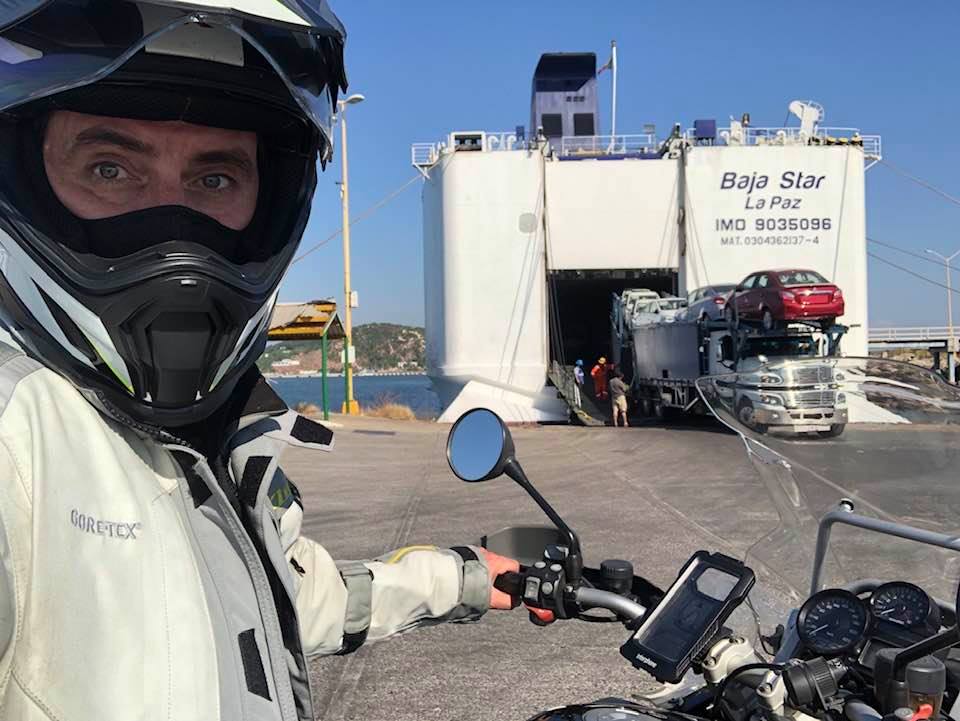
- Once everything is ready to start the process of boarding, first you need to go to the office of Baja Ferries at the main building and show your receipt you received when you paid online. In exchange you will receive your tickets and food coupons for both legs in case it’s a round trip. The passenger who is not driving or operating a vehicle, car, motorcycle or truck receives a “passenger” ticket, and the pilots receive an “operator” ticket.
- At this point the passengers remain in this area with their luggage and make a line before a security staff member checks your ticket and takes your temperature. After a few minutes the line starts to move towards the ship and the passengers start entering the massive ferry through its main access ramp (the same ramp the cargo is being loaded.) Once inside one reaches the stairs and starts climbing at least 4 stories up to the area of cabins and common rooms. In case you booked a seat, you are ushered to the common rooms. And if you booked a cabin, the staff asks you to go all the way down the aisle to the booth where you will receive the keys of your cabin and the TV control, in exchange you need to provide an ID which will be handed back once you return the keys and control the next morning. The TV in the cabin is equipped with a DVD player to watch movies that you can rent at the registration booth.
- Meanwhile the pilot or operator gets on the motorcycle, goes through the scale and has ferry attendants check his documents. Once everything is OK the pilot makes the line behind huge trucks, other motorcycles and cars which are slowly getting into the ferry ‘s belly. Once the motorcycle is parked and secured with tie-downs, which by the way every pilot needs to bring, the operators climb up the stairs up to the 4th level and head towards the main lobby to join their party.
- Once the passenger and pilot reunite and with the key in hand, a friendly crew lady takes you to your cabin, which in our case was spacious and with 4 bunk beds, a small table and a couch. The bathroom is tiny but sufficient…and the shower felt spectacular especially after a heat of 96ºF which felt like 122ºF with that outfit.
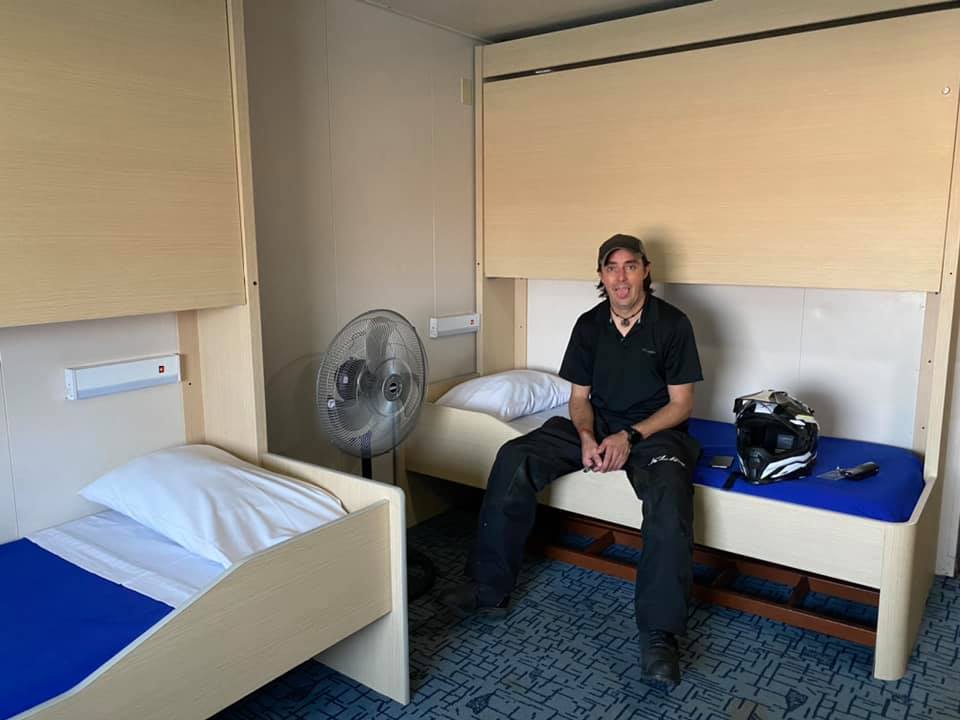
- The ferry departs just after sundown, so try not to miss the view after buying a very cold beer and stepping out on one of the ship’s decks to watch the sunset. At the same time, through the loudspeakers, the kitchen crew starts inviting the passengers to head to the dining area to enjoy dinner. Don´t forget to bring your ticket.
- Due to COVID and following on-board protocols, some people slowly entered the restaurant but several others, like us still believe it wasn´t convenient to be around many people in a closed room (there must have been around 200 passengers), so we decided to have some snacks and a second cold brew in our cabin. If you have time, we advise you to enjoy a delicious late lunch or early dinner in Mazatlan before boarding the boat (best seafood in Mexico!).
The ship sets sail gently, it barely rolls, just enough to lull you to sleep…without internet or cell phone service, you can enjoy a deep sleep for 13 straight hours.
The next morning, around 7:30am, the crew starts announcing through the speakers that the coffee is ready…so people start trickling out their cabins and common rooms to fetch their sweet bread and cups of hot coffee. By this time the port of La Paz is visible, the ferry slowly approaches until it docks. It takes time before everything is ready for the pilots and operators first, and then the passengers to disembark. Everything happens with a lot of order and taking turns. The passengers, the same we came in, we go out…walking until we reach a building where they take your temperature and screen your luggage passing through an x-ray machine. The pilots take even longer since they need to go through different customs checkpoints. Finally the motorcycle pilot picks up the passenger inside or outside the port´s parking lot.
It was around 10 am, November 9th 2020 when we rode into the city of La Paz through its beautiful main road by the sea. We were starving and a bit in a hurry since today we had planned to ride from La Paz to Loreto. Approximately 223 miles on Route 1 through the peninsula surrounded by deserts covered with cacti.


